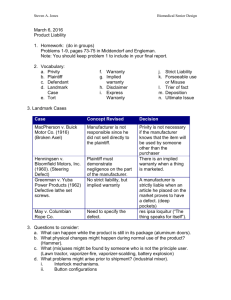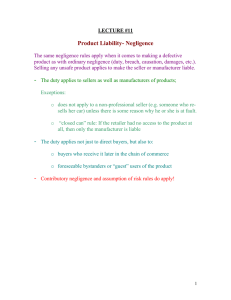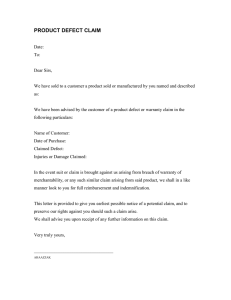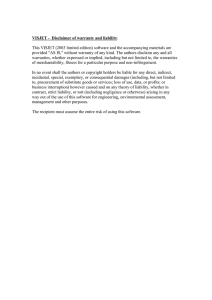Understanding the Liabilities in Manufacturing a Product The issue
advertisement
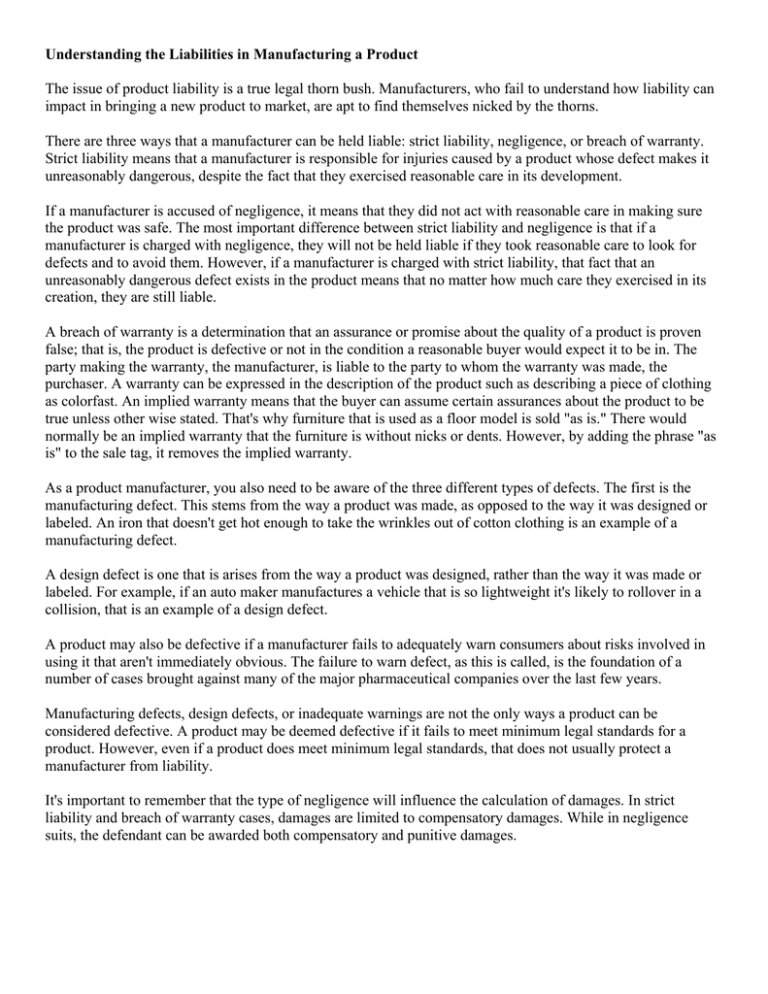
Understanding the Liabilities in Manufacturing a Product The issue of product liability is a true legal thorn bush. Manufacturers, who fail to understand how liability can impact in bringing a new product to market, are apt to find themselves nicked by the thorns. There are three ways that a manufacturer can be held liable: strict liability, negligence, or breach of warranty. Strict liability means that a manufacturer is responsible for injuries caused by a product whose defect makes it unreasonably dangerous, despite the fact that they exercised reasonable care in its development. If a manufacturer is accused of negligence, it means that they did not act with reasonable care in making sure the product was safe. The most important difference between strict liability and negligence is that if a manufacturer is charged with negligence, they will not be held liable if they took reasonable care to look for defects and to avoid them. However, if a manufacturer is charged with strict liability, that fact that an unreasonably dangerous defect exists in the product means that no matter how much care they exercised in its creation, they are still liable. A breach of warranty is a determination that an assurance or promise about the quality of a product is proven false; that is, the product is defective or not in the condition a reasonable buyer would expect it to be in. The party making the warranty, the manufacturer, is liable to the party to whom the warranty was made, the purchaser. A warranty can be expressed in the description of the product such as describing a piece of clothing as colorfast. An implied warranty means that the buyer can assume certain assurances about the product to be true unless other wise stated. That's why furniture that is used as a floor model is sold "as is." There would normally be an implied warranty that the furniture is without nicks or dents. However, by adding the phrase "as is" to the sale tag, it removes the implied warranty. As a product manufacturer, you also need to be aware of the three different types of defects. The first is the manufacturing defect. This stems from the way a product was made, as opposed to the way it was designed or labeled. An iron that doesn't get hot enough to take the wrinkles out of cotton clothing is an example of a manufacturing defect. A design defect is one that is arises from the way a product was designed, rather than the way it was made or labeled. For example, if an auto maker manufactures a vehicle that is so lightweight it's likely to rollover in a collision, that is an example of a design defect. A product may also be defective if a manufacturer fails to adequately warn consumers about risks involved in using it that aren't immediately obvious. The failure to warn defect, as this is called, is the foundation of a number of cases brought against many of the major pharmaceutical companies over the last few years. Manufacturing defects, design defects, or inadequate warnings are not the only ways a product can be considered defective. A product may be deemed defective if it fails to meet minimum legal standards for a product. However, even if a product does meet minimum legal standards, that does not usually protect a manufacturer from liability. It's important to remember that the type of negligence will influence the calculation of damages. In strict liability and breach of warranty cases, damages are limited to compensatory damages. While in negligence suits, the defendant can be awarded both compensatory and punitive damages.

